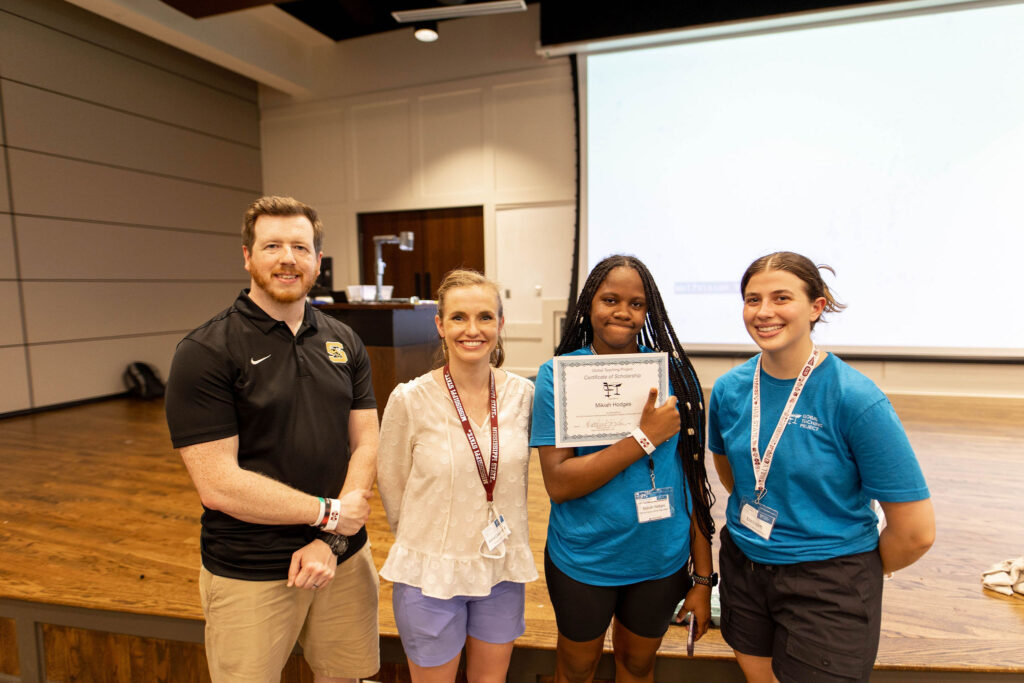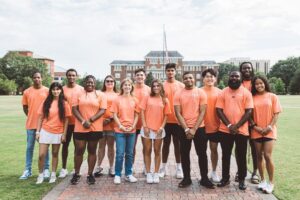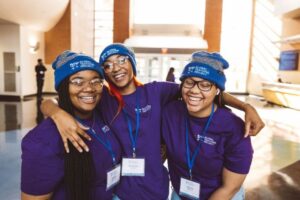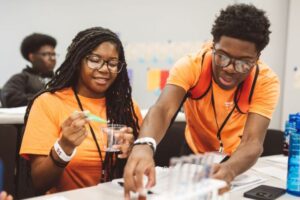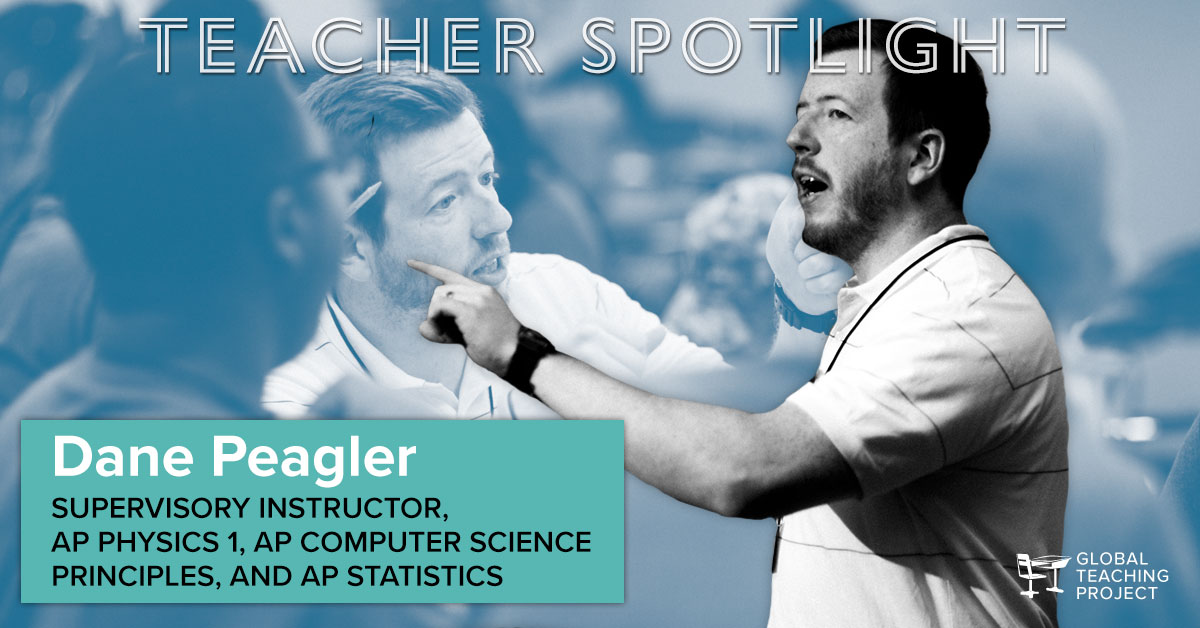
Teacher Spotlight: Dane Peagler
Global Teaching Project’s Supervisory Instructors—experienced, in-state, AP-certified teachers—are critical to the Global Teaching Project’s Advanced STEM Access Program. Supervisory Instructors provide synchronous and asynchronous instruction, lead university-based residential instructional programs, create and administer online course platforms, prepare lesson plans, and provide academic and pedagogical support to on-site teachers.
Dane Peagler, a Mississippi native and Physics and Computer Science teacher, has worked with the Global Teaching Project as a Supervisory Instructor since the Advanced STEM Access Program began in 2017. Dane leads all academic aspects of the courses he oversees, including creating the structure of the course, providing instruction directly to students, and supporting in-class teachers. Starting this fall, Dane will be overseeing 3 AP courses with GTP: AP Physics 1, AP Computer Science Principles, and AP Statistics.
Dane’s compassion, humor, and dedication to his students has set the tone for our work, and continues to shape and guide implementation of the Advanced STEM Access Program.
We are privileged to work with Dane and learn from him. We recently sat down with him to learn more about his life and career.
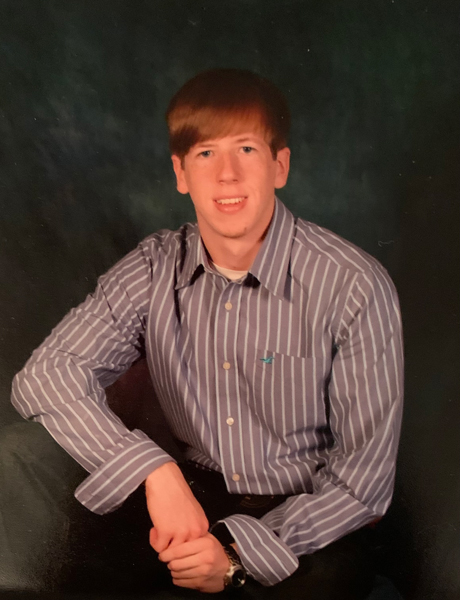 Where in Mississippi did you grow up? What was your hometown like?
Where in Mississippi did you grow up? What was your hometown like?
I grew up in Star, Mississippi. Star is a very small town just outside of Jackson that was made famous by a Faith Hill song from 2006. The town consists of one stoplight, a post office, two small churches, a Dollar General, and a population of about 100 of the nicest people that you’ll ever meet.
Tell us about your high school. Did it offer any AP classes?
My school served several different communities but all were rural and primarily low income. Each year we would graduate around 60 students, my graduating class was one of the largest in the school’s history with 72 graduates. In such a small school, it’s hard to offer many classes outside of those required for a basic high school diploma. However, during my junior year, the school offered our first section of AP US History.
What activities were you involved in outside of school?
I love competition, no matter what the context. As such, growing up I tried to be a part of every team that I could. This included running track, the academic team, basketball, and a bunch of other odd events; however, one thing that took the bulk of my time was the JROTC program. We had a tremendous trio of instructors that taught me so much over those four years and I am thankful to them for the impression that they left on me and on our community.
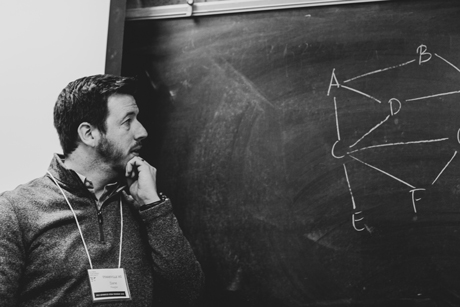 Where did you go to college and what did you study?
Where did you go to college and what did you study?
Upon graduating high school, I attended Hinds Community College with the intention of studying architecture. As part of my course work, I had to take two physics classes–a class that wasn’t offered in my high school. After just one week, I was in love. My teacher was awesome and he played a big part in my infatuation, but the subject was absolutely fascinating. It completely blows me away that we can write down some simple equations on paper, run some calculations, and then can go into the lab and watch these predictions come true. It sounds really cliche, but I started seeing the subject all around me. I can vividly remember walking home one day after we had a lecture on optics and the wave nature of light and thinking about the electron transitions occurring in the leaves of the trees that caused their green color.
Although I was hooked on physics, I was scared to change my major because I didn’t think that I was smart enough. I mean, physicists are the people that they go to in movies to help when no one else can figure out something. Physicists are the Carl Sagans, Albert Einsteins, Richard Feynmans, and Robert Oppenheimers of the world. This was intimidating. I went to my professor and told him my thoughts and he recommended that I read a Brief History of Time by Stephen Hawking. He promised me that it would indeed be hard, but he knew that the idea of learning more about the stuff in that book would be enough to push me through those tough times. I read that book in one week and then instantly changed my major to physics. I went on to transfer to Mississippi State where I earned two bachelor’s degrees, one in physics and one in secondary education. This past summer I finished my master’s degree in Physics at Texas A&M: Commerce.
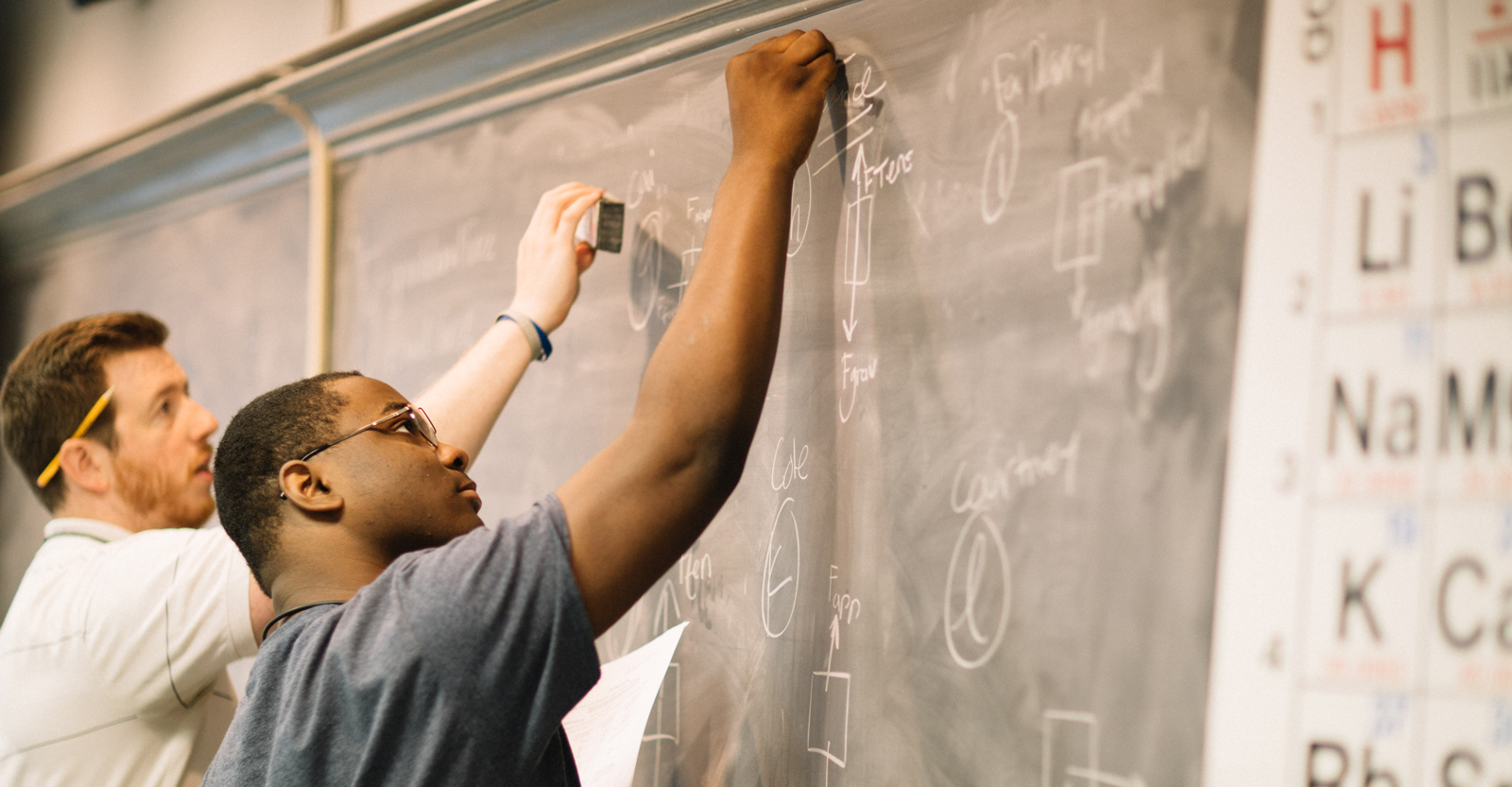 Why did you decide to become a teacher?
Why did you decide to become a teacher?
Although neither of my parents are teachers, I actually come from a long line of educators. Because of that, I have always had a tremendous amount of respect for the profession and wanted to be a teacher for some time. The ages from 13-21 are some of the most influential years in a person’s development and I really wanted to help mentor students during this time in their lives. The biggest obstacle to that was that I wasn’t passionate enough about any of the subjects that I had taken in school to spend the rest of my life studying them. Once I discovered physics, that problem was solved and I knew that I wanted to show other people how amazing the subject really is.
You are a passionate STEM advocate. Why is it so important that high school students study STEM subjects?
I don’t think of the importance of STEM in terms of the subjects. Instead, I think the importance of STEM classes is that they teach you how to think. Our job as educators is to prepare students for the post-secondary world. In the 20th century that looked differently than it does now. Now, our job is no longer to disseminate large volumes of information to our students because today information is everywhere. Instead, our task now is to teach students to think critically about the data they are consuming and how to reason inductively and deductively from that data in order to make proper conclusions. These skills are woven into the fabric of our STEM courses. The skills are equally beneficial to the future farmers of America as they are to our engineers; to the future graphic designers as they are to our mathematicians; to the future interior decorators as they are to our computer scientists. Everyone can benefit from studying STEM.
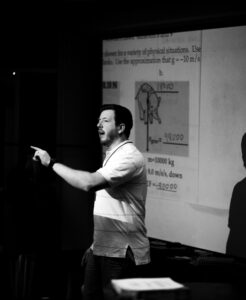 What do you love the most about teaching in Mississippi? What about your role with GTP do you enjoy the most?
What do you love the most about teaching in Mississippi? What about your role with GTP do you enjoy the most?
Despite the headlines that we receive, Mississippi really is an amazing place filled with amazing people. A consequence of all of this negative publicity leads directly to what I believe is the number one problem with the education system in Mississippi, low expectations from both teachers and students. Our students are capable of so much more than they think and I’ve made it my goal to help them discover that.
My role with GTP allows me to work directly with teachers and students from around the state and although I love the time I get to spend with my fellow educators, I most enjoy my time at our residential programs throughout the year when I get to work directly with the students. Convening a group that large from such a broad region brings together so many different personalities and backgrounds. What always amazes me is the hunger for knowledge that is the same across all of these different groups. It is so refreshing to see and to get to serve these individuals.
 You are now a family of three!
You are now a family of three!
How have you adjusted to fatherhood and your teaching responsibilities?
I love my son and becoming a father was one of the greatest things that has happened to me in my life, but for about the first six months, the biggest adjustment was learning to operate on four hours of intermittent sleep. Since then, having a son has helped me really connect on a deeper level with my students. I now constantly ask myself if I am being the teacher that I would want for Luka. That one question refocuses my goals, work ethic, planning time, and interaction with students.
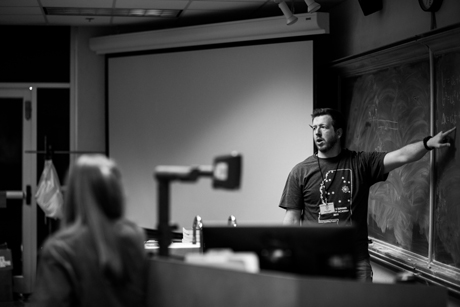 What excites you about GTP and its mission?
What excites you about GTP and its mission?
There are two things that really excite me about GTP. (1) Exposing students to upper-level STEM courses and concepts that they previously had not seen and (2) showing students what they are truly capable of. At one of our residential programs a few years ago, a group of students from one of our partner schools approached me and told me that because of our course, they were all changing their major for the following year to Computer Science. While I don’t take any personal pride in that, it is really cool to see students find their passions.
What advice do you try to pass on to GTP students?
Dream big and work hard. Whenever I have had a chance to meet with students this year, I have started those meetings with the story of Sir Roger Bannister and the first sub-four minute mile. Before Bannister accomplished the amazing feat in 1954, it was thought to be impossible. However, after Bannister showed that it was possible it instantly went from impossible to just impressive. Three other individuals accomplished the same feat that year and over a 1500 runners have done it since. Our students are the Roger Bannisters of their communities. They are the ones showing the younger students that you can grow up in Marks and go on to become a physicist, you can be from Quitman and go on to become a computer scientist, and that you can be a biologist and have been born in Lexington. Our students are the trailblazers and their impact will be felt all across the state.
